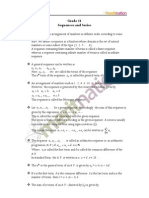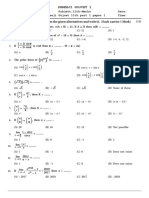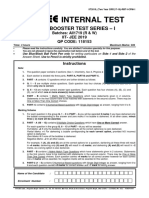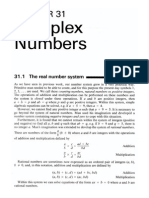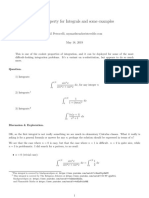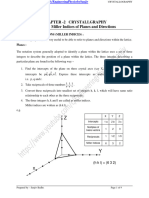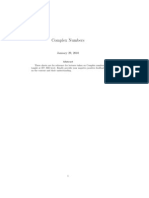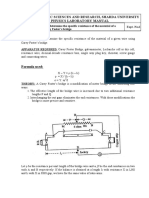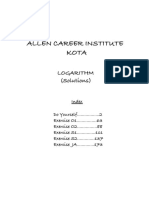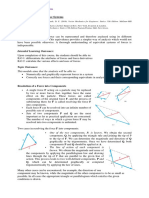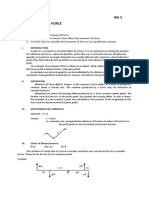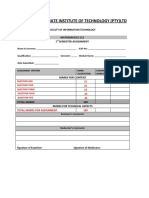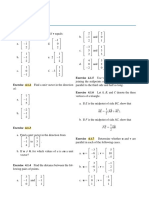0% found this document useful (0 votes)
102 views17 pages2-2 Resultant of Concurrent Forces - Rectangular Method
The document discusses rectangular components of forces. It explains that any force can be represented as two components at right angles, known as rectangular components. These components can be found mathematically using trigonometric functions. The rectangular component method is then used to find the resultant of concurrent forces by summing the horizontal and vertical components. Examples are provided to demonstrate finding individual components and using them to determine the overall resultant.
Uploaded by
wajju007Copyright
© © All Rights Reserved
We take content rights seriously. If you suspect this is your content, claim it here.
Available Formats
Download as PDF, TXT or read online on Scribd
0% found this document useful (0 votes)
102 views17 pages2-2 Resultant of Concurrent Forces - Rectangular Method
The document discusses rectangular components of forces. It explains that any force can be represented as two components at right angles, known as rectangular components. These components can be found mathematically using trigonometric functions. The rectangular component method is then used to find the resultant of concurrent forces by summing the horizontal and vertical components. Examples are provided to demonstrate finding individual components and using them to determine the overall resultant.
Uploaded by
wajju007Copyright
© © All Rights Reserved
We take content rights seriously. If you suspect this is your content, claim it here.
Available Formats
Download as PDF, TXT or read online on Scribd
/ 17


